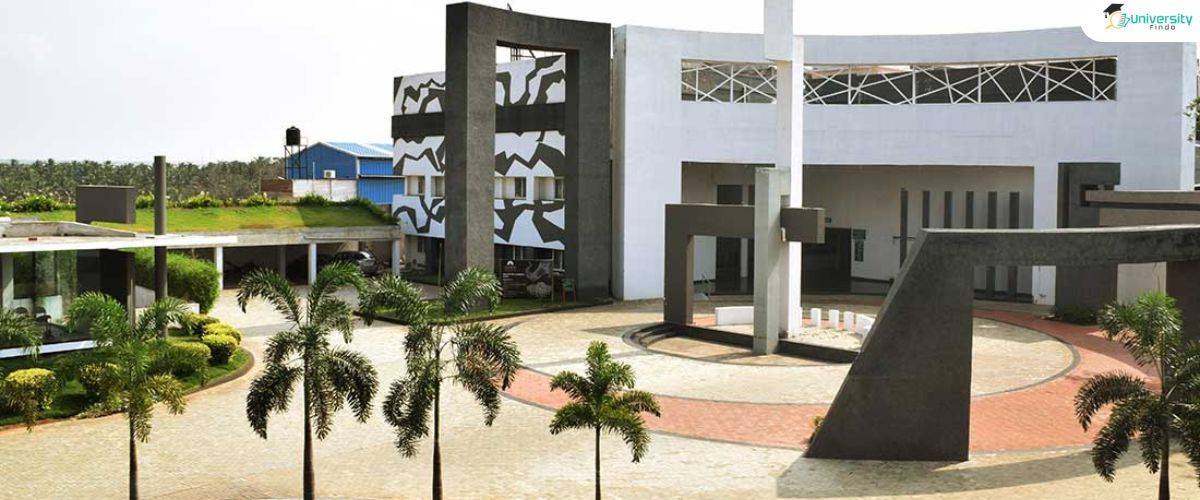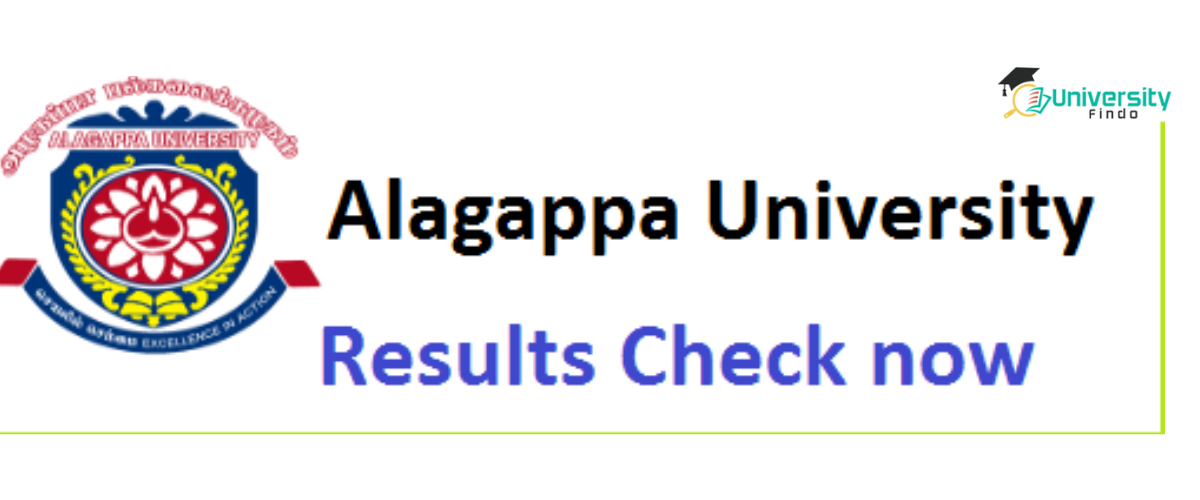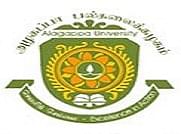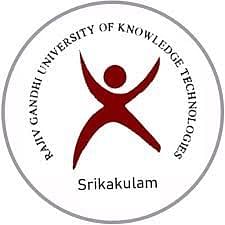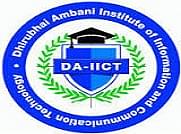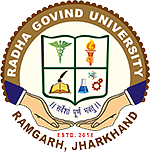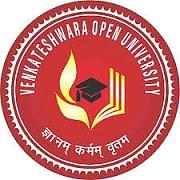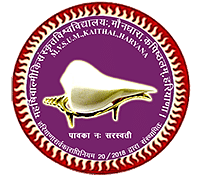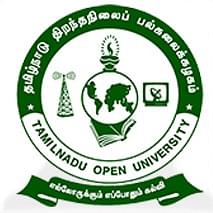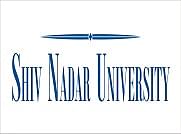Introduction:
The Doctor of Physical
Therapy (DPT) program at the Best
University of Punjab is a rigorous and specialized course designed to
prepare students for careers as licensed physical therapists. With a focus on
evidence-based practice and clinical expertise, the program equips students
with the knowledge and skills necessary to provide high-quality rehabilitative
care to individuals with movement disorders and physical disabilities.
Admission Process:
1. Eligibility Criteria:
·
Candidates must have
completed their intermediate education (12th grade) or equivalent with a
background in science, preferably with Physics, Chemistry, and Biology as core
subjects.
·
Minimum percentage
requirements may apply, typically ranging from 50% to 60%.
·
Some universities may
require candidates to have completed a pre-DPT program or equivalent
undergraduate degree in a related field.
2. Entrance Exams:
·
Admission to the DPT
program at the Top University of Punjab may be based on performance in entrance
exams conducted by the university or national-level entrance exams.
·
Entrance exams assess
candidates' proficiency in subjects such as Physics, Chemistry, Biology, and
English.
3. Interviews and Selection Process:
·
Shortlisted candidates
may be required to appear for interviews or undergo further evaluation
processes to assess their aptitude, communication skills, and suitability for
the program.
·
Final selection is
typically based on a combination of academic performance, entrance exam scores,
and performance in interviews.
Eligibility:
1. Educational Qualifications:
·
Completion of
intermediate education (12th grade) or equivalent with a science background.
·
Candidates must have
studied Physics, Chemistry, and Biology as core subjects.
2. Pre-DPT or Equivalent Degree:
·
Some universities may
require candidates to have completed a pre-DPT program or an equivalent
undergraduate degree in a related field such as physiotherapy or rehabilitation
sciences.
Career Opportunities:
1. Clinical Practice:
·
Graduates of the DPT
program can work as licensed physical therapists in various healthcare settings
including hospitals, clinics, rehabilitation centers, and private practices.
·
They assess patients'
physical abilities, develop personalized treatment plans, and implement
therapeutic interventions to improve mobility, reduce pain, and enhance overall
functional abilities.
2. Specialized Areas:
·
Physical therapists
can choose to specialize in areas such as orthopedics, neurology, pediatrics,
geriatrics, sports rehabilitation, cardiopulmonary rehabilitation, and
oncology.
·
Specialization allows
therapists to focus on specific patient populations and conditions, offering
advanced care and expertise in their chosen area.
3. Research and Academia:
·
Graduates interested
in research and academia can pursue careers as educators, researchers, or
academic administrators.
·
They can work in
universities, research institutions, or healthcare organizations, conducting
research studies, publishing scholarly articles, and teaching future
generations of physical therapists.
4. Consultancy and Advisory Roles:
·
Experienced physical
therapists may also work as consultants or advisors for sports teams, corporate
wellness programs, government agencies, and non-profit organizations.
·
They provide expertise
in injury prevention, rehabilitation strategies, ergonomic assessments, and
wellness initiatives.
Fee Structure:
The fee structure for
the DPT program at the Affordable University of Punjab may vary depending
on factors such as the university's policies, facilities provided, and
financial assistance options available. Here's a general overview:
·
Tuition
Fees:
·
The tuition fees for
the entire duration of the DPT program typically range from INR XXXXX to INR
XXXXX.
·
This fee covers the
cost of academic instruction, laboratory facilities, clinical training, and
other educational resources.
·
Additional
Fees:
·
Additional charges may
include registration fees, examination fees, laboratory fees, library fees, and
study materials.
·
Clinical internship
fees, if applicable, may also be included in the overall fee structure.
·
Financial
Assistance:
·
The University of
Punjab may offer scholarships, grants, or financial aid to eligible students
based on merit, financial need, or other criteria.
·
Students are
encouraged to explore available options for financial assistance to support
their education.
The Doctor of Physical
Therapy (DPT) program at the University
of Punjab offers a comprehensive and specialized curriculum designed to
prepare students for rewarding careers as licensed physical therapists. With a
strong emphasis on evidence-based practice, clinical expertise, and
interdisciplinary collaboration, graduates are well-equipped to address the
diverse needs of individuals with movement disorders and physical disabilities.
The admission process ensures the selection of candidates with a strong
academic background, aptitude for healthcare, and dedication to serving the
community. Aspiring physical therapists can pursue this program to make a
meaningful impact in healthcare, rehabilitation, and wellness promotion,
contributing to the improvement of individuals' quality of life and functional
independence.
Doctor of Physical Therapy (DPT) Program at
the University of Punjab: Syllabus
The Doctor of Physical
Therapy (DPT) program at the University of Punjab is structured to provide
students with a comprehensive understanding of physical therapy principles,
evidence-based practice, clinical skills, and professional ethics. The program
is designed to prepare students for licensure as physical therapists and for
practice in various healthcare settings. Below is an overview of the syllabus:
Year 1:
1. Basic Sciences:
·
Anatomy: Gross anatomy
of the human body, including musculoskeletal, nervous, circulatory,
respiratory, and digestive systems.
·
Physiology: Study of
physiological mechanisms and functions of various body systems.
·
Biomechanics:
Principles of biomechanics and their application to human movement and physical
therapy interventions.
·
Biochemistry: Basic
principles of biochemistry relevant to human health and physical function.
2. Introduction to Physical Therapy:
·
History and evolution
of physical therapy as a profession.
·
Roles and
responsibilities of physical therapists in healthcare settings.
·
Professional ethics,
communication skills, and legal aspects of physical therapy practice.
3. Clinical Skills:
·
Patient assessment
techniques including history-taking, physical examination, and evaluation of
movement impairments.
·
Introduction to
therapeutic modalities such as heat therapy, cold therapy, and electrical
stimulation.
·
Introduction to
exercise prescription and therapeutic exercise techniques.
Year 2:
1. Musculoskeletal Rehabilitation:
·
Assessment and
management of musculoskeletal conditions including orthopedic injuries,
fractures, and joint disorders.
·
Manual therapy
techniques such as mobilization, manipulation, and soft tissue techniques.
·
Therapeutic exercise
protocols for rehabilitation and injury prevention.
2. Neurological Rehabilitation:
·
Evaluation and
treatment of neurological conditions such as stroke, traumatic brain injury,
spinal cord injury, and peripheral nerve disorders.
·
Neurodevelopmental
techniques (NDT) and proprioceptive neuromuscular facilitation (PNF) for motor
re-education.
·
Balance and gait
training for individuals with neurological impairments.
3. Cardiopulmonary Rehabilitation:
·
Assessment and management
of cardiopulmonary conditions including heart disease, chronic obstructive
pulmonary disease (COPD), and asthma.
·
Breathing exercises,
airway clearance techniques, and aerobic conditioning for cardiopulmonary
rehabilitation.
·
Pulmonary rehabilitation
programs and patient education for self-management of respiratory conditions.
Year 3:
1. Pediatric Rehabilitation:
·
Assessment and
treatment of pediatric conditions such as developmental delay, cerebral palsy,
and congenital anomalies.
·
Pediatric-specific
therapeutic interventions including sensory integration therapy and play-based
therapy.
·
Family-centered care
and collaboration with interdisciplinary teams for pediatric rehabilitation.
2. Geriatric Rehabilitation:
·
Evaluation and
management of age-related conditions such as osteoarthritis, osteoporosis, and
frailty.
·
Fall prevention
strategies, balance training, and functional mobility interventions for older
adults.
·
Home modifications and
adaptive equipment prescription for independent living in the elderly
population.
3. Clinical Internship:
·
Clinical rotations in
various healthcare settings including hospitals, rehabilitation centers,
outpatient clinics, and community-based programs.
·
Hands-on experience in
patient care, treatment planning, interdisciplinary collaboration, and
professional communication.
·
Integration of
theoretical knowledge and practical skills under the supervision of licensed
physical therapists.

